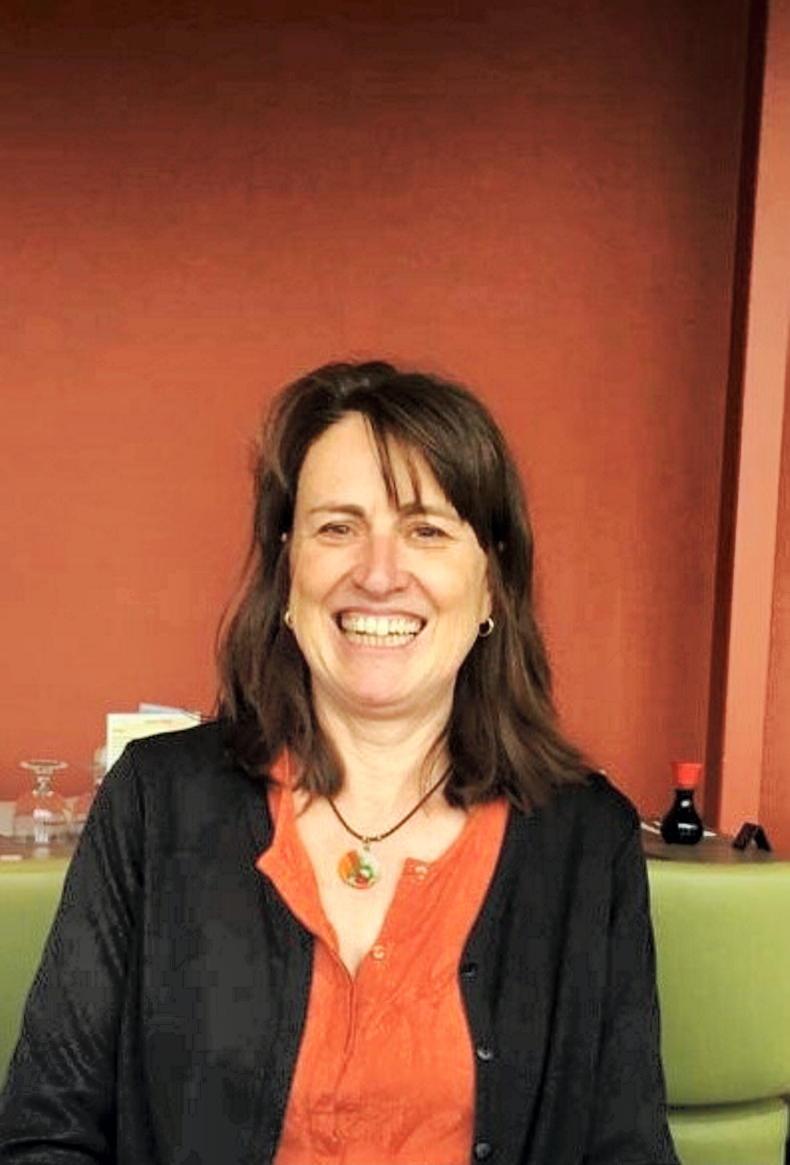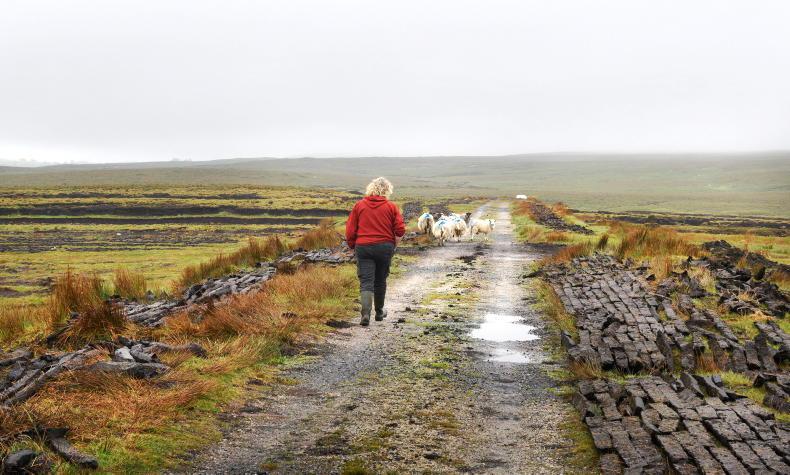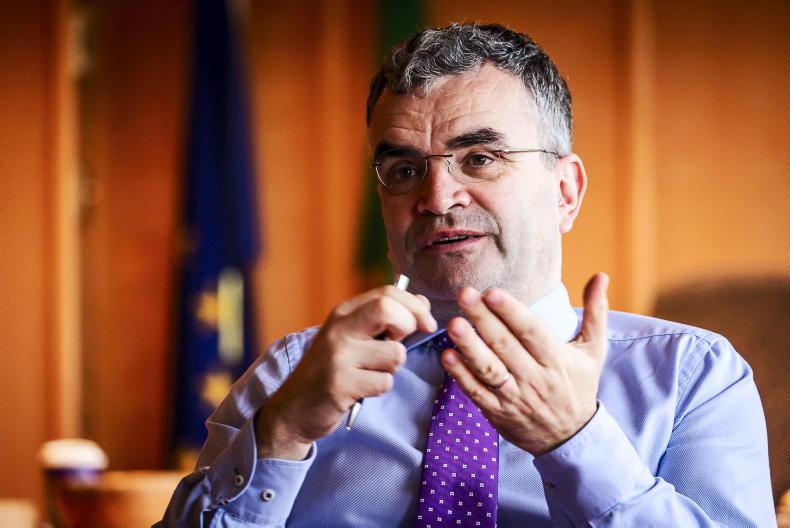Food security
definition: The state of having reliable access to a sufficient quantity of affordable, nutritious food.
We usually associate food security with poorer nations, where hunger and poverty are very big problems. But food security applies to us all, in every part of the world.
The results of a recent survey on child food poverty show us that many Irish citizens also suffer from food insecurity.
The survey, organised by children’s charity Barnardos and Aldi Ireland, says that 9% of parents feel “close” to food poverty and three in 10 people have witnessed food poverty in Ireland.
Who creates food security?
In our economic system, whether or not we feel food secure stems from different areas – like supply chains and price inflation. Ultimately, our food systems are reliant on primary food producers (like farmers) and processors. But there is also an element of individual food security and how well we are able to access food to keep ourselves – and those dependent on us – fed.
I credit a lot of the food security I felt growing up to the women who reared me. My mother, my grandmother and my aunties were the ones making lists, meal planning, taking stock of what we had and ensuring nothing went to waste.
A global issue
Research consistently tells us that giving women more access to financing, management roles, education and freedom to make their own decisions can help alleviate the food insecurity faced by so many in the world.
According to the United Nation’s (UN) Women Watch, women “play key roles in maintaining all four pillars of food security: as food producers and agricultural entrepreneurs; ‘gatekeepers’ who dedicate their own time, income and decision-making to maintain food and nutritional security of their households and communities; and ‘managers’ of the stability of food supplies in times of economic hardship”.
Women play a huge role in creating secure food environments, but often lack recognition and reimbursement for their work. They are consistently paid less than men for the same roles and, even with a heightened awareness of the benefits of gender equality, are still frequently left out of important decision-making processes.

Dr Maura Farrell is senior lecturer in the School of Geography and Archaeology at NUI Galway.
I recently spoke with two professors at NUI Galway: Dr Maura Farrell, who is a senior lecturer in the School of Geography and Archaeology, and Dr Una Murray, who is a lecturer and director of the master’s degree in International Development Practice.
The Irish angle
Dr Farrell, whose area of research is in rural development and agricultural change here in Ireland, says while gender equality has come to the fore of the research and policy environment, we continue to see it in a “notional” way of thinking and being written into policy (ie, more talk than action).
“In relation to agriculture, in particular, we’ve had some policy changes which have been welcome,” she says, “but we’re coming from a really low base. This idea that women are that hidden scenario within agriculture is still very relevant – and the figures stack up to that.
“We know there’s about 130,000 family farms in Ireland, and in relation to those, there’s about 40,000 women who work on farms,” she continues. “On a global average, we see 20% of women-owned farms, but in Ireland it’s just over 10%. The [most common] scenario where a woman becomes the owner is that they inherit the farm from a husband. The [female] owners of farms often tend to be older.”
Are women farmers more sustainable?
I ask Dr Farrell if there is merit to the idea that women farmers, on average, practice more sustainable farming methods than their male counterparts. At the biennial 2021 Copa-Cogeca (a group representing European farmers and their cooperatives) Innovation Award for Women Farmers, it was said that women farmers are on average more sustainable and more likely to give back to their communities; thereby increasing the viability of rural regions.
She says this is true, but that women farmers usually diversify to increase the financial viability of their farms. She also mentions that male farmers tend to have a more emotional connection to their farm, and might try to keep it going, whether it is generating income or not.
“Women often see – and there is research to support this – the farm as a [business] that needs to financially support the family,” she explains. “And in thinking like that they are often much more capable of thinking about diversification and how they can make money for themselves. Women are often seen as leaders in diversification.”
Dr Farrell says access to financing, childcare, lack of transport and/or broadband internet and land ownership are the main barriers holding rural Irish women back from achieving their career goals.
What’s happening overseas?
Similar things can be said for poorer rural women in developing countries, says Dr Murray. For many years, she worked within the Food and Agriculture Organisation of the United Nations (FAO) in the arena of agricultural policies, poverty and gender equality.
She says things have drastically changed since she started in the mid-90s, but more needs to be done.
“It was really challenging working [in gender] at that time,” she continues.
“In academia [the knowledge and understanding] was there, but trying to translate that into agriculture and operational work was very challenging. But it’s really changed within development programmes and policy.”
Dr Murray says, globally, there are still higher levels (up to 10%) of food insecurity for women than for men.

Dr Una Murray.
“There are 800 million or more who are hungry, and two thirds of people are food insecure – which means they don’t have enough access to sufficient food at all times.
“If we have more women [experiencing this], there must be something missing in our response, which is important.”
Missing assets
Similar to Ireland, Dr Murray says the challenges in international development and gender equality stem from women lacking assets (including land tenure and access to credit). She also says that women are often considered “helpers” when it comes to agricultural output, while in reality they are doing crucial work.
“It’s hard to describe,” she says. “I remember a colleague saying, ‘Well, men do all the hard work and women do the light work.’ And we were in a rural village in Laos, once, and there was a woman bent over carrying wood (collecting fuel is considered ‘light work’)! And [then] there was another leading oxen – that’s heavy work. And you’re kind of like... ‘Really?’”
Of the progress which has been made within gender roles and our global food systems, Dr Murray says the best outcomes occur when women work collectively.
“We have found, over the years, that when women come together and work in co-operatives or producers groups or come together to discuss certain issues – that seems to work quite well. And I suppose that’s the same in Ireland and other EU countries.”
Read more
Women farmers are more sustainable, say MEPs at Copa-Cogeca Innovation Awards
Breaking the grass ceiling: the female farmers daring to be different
Food security
definition: The state of having reliable access to a sufficient quantity of affordable, nutritious food.
We usually associate food security with poorer nations, where hunger and poverty are very big problems. But food security applies to us all, in every part of the world.
The results of a recent survey on child food poverty show us that many Irish citizens also suffer from food insecurity.
The survey, organised by children’s charity Barnardos and Aldi Ireland, says that 9% of parents feel “close” to food poverty and three in 10 people have witnessed food poverty in Ireland.
Who creates food security?
In our economic system, whether or not we feel food secure stems from different areas – like supply chains and price inflation. Ultimately, our food systems are reliant on primary food producers (like farmers) and processors. But there is also an element of individual food security and how well we are able to access food to keep ourselves – and those dependent on us – fed.
I credit a lot of the food security I felt growing up to the women who reared me. My mother, my grandmother and my aunties were the ones making lists, meal planning, taking stock of what we had and ensuring nothing went to waste.
A global issue
Research consistently tells us that giving women more access to financing, management roles, education and freedom to make their own decisions can help alleviate the food insecurity faced by so many in the world.
According to the United Nation’s (UN) Women Watch, women “play key roles in maintaining all four pillars of food security: as food producers and agricultural entrepreneurs; ‘gatekeepers’ who dedicate their own time, income and decision-making to maintain food and nutritional security of their households and communities; and ‘managers’ of the stability of food supplies in times of economic hardship”.
Women play a huge role in creating secure food environments, but often lack recognition and reimbursement for their work. They are consistently paid less than men for the same roles and, even with a heightened awareness of the benefits of gender equality, are still frequently left out of important decision-making processes.

Dr Maura Farrell is senior lecturer in the School of Geography and Archaeology at NUI Galway.
I recently spoke with two professors at NUI Galway: Dr Maura Farrell, who is a senior lecturer in the School of Geography and Archaeology, and Dr Una Murray, who is a lecturer and director of the master’s degree in International Development Practice.
The Irish angle
Dr Farrell, whose area of research is in rural development and agricultural change here in Ireland, says while gender equality has come to the fore of the research and policy environment, we continue to see it in a “notional” way of thinking and being written into policy (ie, more talk than action).
“In relation to agriculture, in particular, we’ve had some policy changes which have been welcome,” she says, “but we’re coming from a really low base. This idea that women are that hidden scenario within agriculture is still very relevant – and the figures stack up to that.
“We know there’s about 130,000 family farms in Ireland, and in relation to those, there’s about 40,000 women who work on farms,” she continues. “On a global average, we see 20% of women-owned farms, but in Ireland it’s just over 10%. The [most common] scenario where a woman becomes the owner is that they inherit the farm from a husband. The [female] owners of farms often tend to be older.”
Are women farmers more sustainable?
I ask Dr Farrell if there is merit to the idea that women farmers, on average, practice more sustainable farming methods than their male counterparts. At the biennial 2021 Copa-Cogeca (a group representing European farmers and their cooperatives) Innovation Award for Women Farmers, it was said that women farmers are on average more sustainable and more likely to give back to their communities; thereby increasing the viability of rural regions.
She says this is true, but that women farmers usually diversify to increase the financial viability of their farms. She also mentions that male farmers tend to have a more emotional connection to their farm, and might try to keep it going, whether it is generating income or not.
“Women often see – and there is research to support this – the farm as a [business] that needs to financially support the family,” she explains. “And in thinking like that they are often much more capable of thinking about diversification and how they can make money for themselves. Women are often seen as leaders in diversification.”
Dr Farrell says access to financing, childcare, lack of transport and/or broadband internet and land ownership are the main barriers holding rural Irish women back from achieving their career goals.
What’s happening overseas?
Similar things can be said for poorer rural women in developing countries, says Dr Murray. For many years, she worked within the Food and Agriculture Organisation of the United Nations (FAO) in the arena of agricultural policies, poverty and gender equality.
She says things have drastically changed since she started in the mid-90s, but more needs to be done.
“It was really challenging working [in gender] at that time,” she continues.
“In academia [the knowledge and understanding] was there, but trying to translate that into agriculture and operational work was very challenging. But it’s really changed within development programmes and policy.”
Dr Murray says, globally, there are still higher levels (up to 10%) of food insecurity for women than for men.

Dr Una Murray.
“There are 800 million or more who are hungry, and two thirds of people are food insecure – which means they don’t have enough access to sufficient food at all times.
“If we have more women [experiencing this], there must be something missing in our response, which is important.”
Missing assets
Similar to Ireland, Dr Murray says the challenges in international development and gender equality stem from women lacking assets (including land tenure and access to credit). She also says that women are often considered “helpers” when it comes to agricultural output, while in reality they are doing crucial work.
“It’s hard to describe,” she says. “I remember a colleague saying, ‘Well, men do all the hard work and women do the light work.’ And we were in a rural village in Laos, once, and there was a woman bent over carrying wood (collecting fuel is considered ‘light work’)! And [then] there was another leading oxen – that’s heavy work. And you’re kind of like... ‘Really?’”
Of the progress which has been made within gender roles and our global food systems, Dr Murray says the best outcomes occur when women work collectively.
“We have found, over the years, that when women come together and work in co-operatives or producers groups or come together to discuss certain issues – that seems to work quite well. And I suppose that’s the same in Ireland and other EU countries.”
Read more
Women farmers are more sustainable, say MEPs at Copa-Cogeca Innovation Awards
Breaking the grass ceiling: the female farmers daring to be different











SHARING OPTIONS